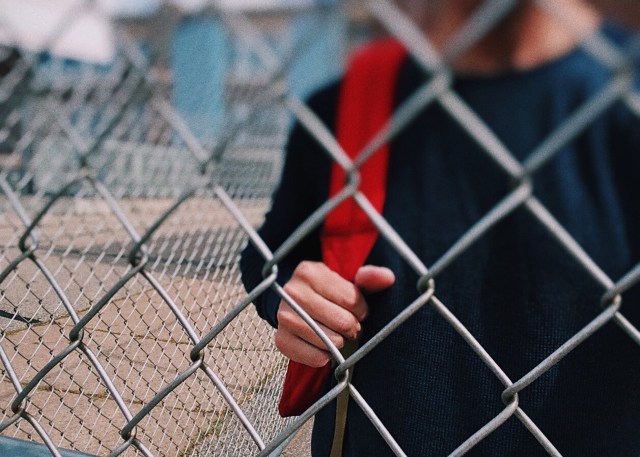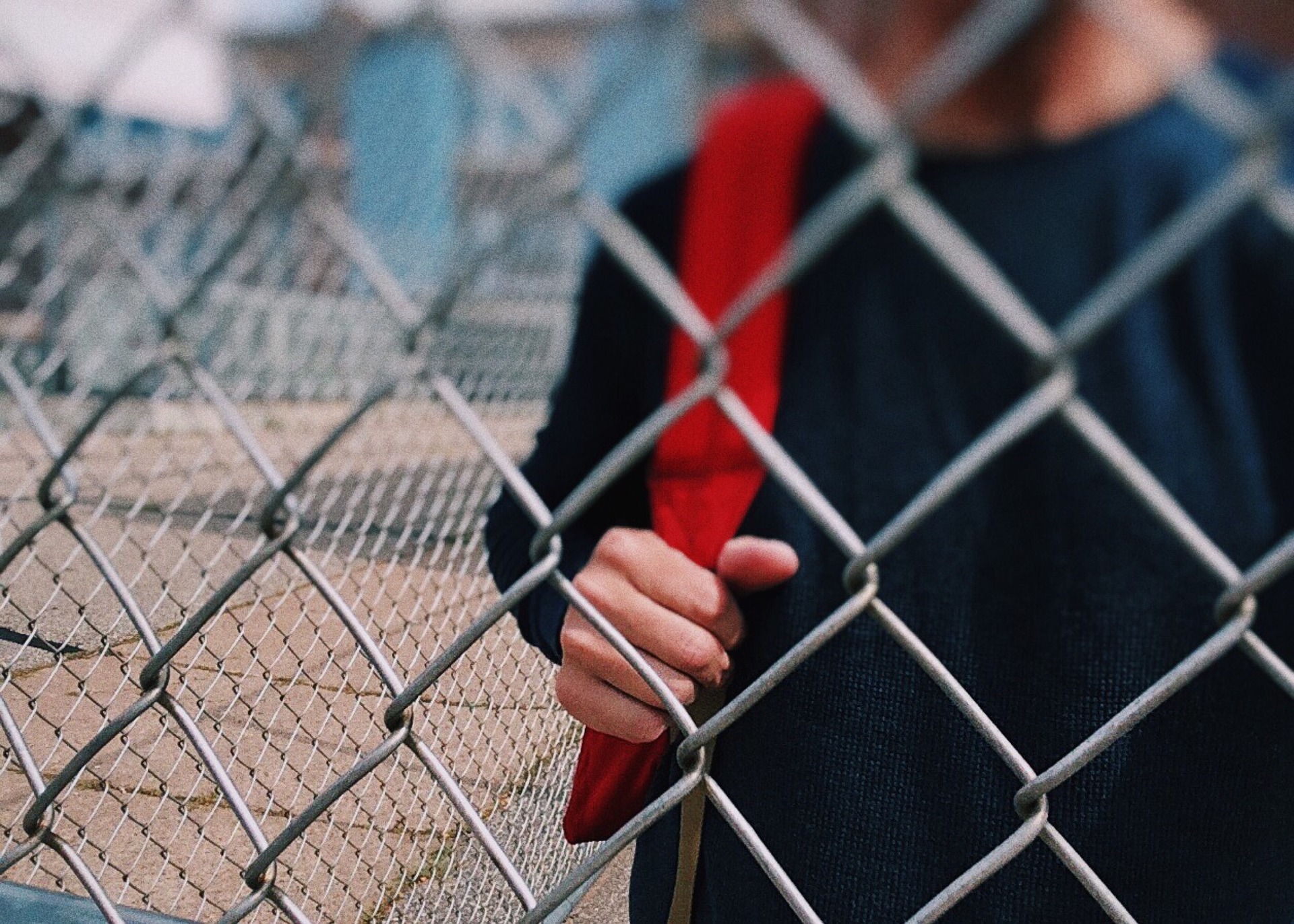#RTHolidaze Twitter Party #Giveaway
Terms and Conditions
NO PURCHASE OR PAYMENT NECESSARY. PURCHASE WILL NOT INCREASE YOUR CHANCES OF WINNING. VOID WHERE PROHIBITED.
By entering this #RTHolidaze Twitter Party #Giveaway Sweepstakes (“Sweepstakes”), entrants accept and agree to be bound by these Official Rules. Any violation of these rules may, at the Sponsor’s discretion, result in disqualification. All decisions of the Sponsor regarding this Sweepstakes are final and binding in all respects.
The #RTHolidaze Twitter Party #Giveaway Sweepstakes is in no way sponsored, endorsed or administered by, or associated with Twitter. You understand that you are providing your information to the Sponsor and not to Twitter. The information you provide will only be used for the administration of this Sweepstakes and in accordance with the Sponsor’s privacy policy (see here: https://tinybeans.com/privacy-policy/). Twitter is completely released of all liability by each entrant in this Sweepstakes. Any questions, comments or complaints regarding the Sweepstakes must be directed to the Sponsor and not Twitter.
PROMOTION PERIOD.
Sweepstakes begins December 10, 2019, at 10:00 am PST/1:00pm ET and ends at 11:00 am PST/2:00pm ET (“Promotion Period”).
ELIGIBILITY.
Sweepstakes open only to legal US residents (excluding Alaska & Hawaii) who are 18 years of age or older at the time of entry who do not reside in an area where such sweepstakes are prohibited by law. The sponsor of this Sweepstakes is Red Tricycle, Inc. (the “Sponsor”) in partnership with Amazon, Inc. (the “Promotional Partner”). Officers, directors, employees, contractors and agents of the Sponsor or Promotional Partner(s) or their parent companies (if any), subsidiaries and affiliated companies, advertising, promotional and judging agencies, persons engaged in the development, production or distribution of materials for this Sweepstakes (collectively, the “Promotion Parties”) and their immediate family members (parent, child, sibling, and spouse of each) of and/or persons living in the same household as such individuals (whether related or not) are not eligible to participate. This Sweepstakes is void in all U.S. territories and possessions and where prohibited by law.
SPONSOR: Red Tricycle, Inc. 3001 Bridgeway #432 Sausalito, CA 94965
HOW TO ENTER.
To enter, participants must tweet from a public Twitter account and include both the hashtags #RTHolidaze AND #giveaway in response to the conversation and/or questions which will be posted with the hashtag #RTHolidaze and #giveaway from the Red Tricycle Twitter account (https://www.twitter.com/red_tricycle) during the Sweepstakes Promotion Period beginning December 10, 2019, at 10:00 am PST/1:00 pm ET.
Sweepstakes ends December 10, 2019, at 11:00 am PST/2:00pm ET. Entry constitutes acceptance of these rules.
Limit one prize per participant during the entire Promotion Period.
Automated and/or repetitive electronic submissions (including but not limited to entries made using any script, macro, bot or Sweepstakes service) or creation/use of multiple accounts to enter will be automatically disqualified and transmissions from these or related email or IP addresses may be blocked.
Your entry(ies) shall not: (1) contain trademarks or copyrighted material not owned by participant or used without permission (including, but not limited to, company names and other brand names); (2) use individuals’ names, in whole or in part without permission; (3) refer to public figures; (4) contain profanity, pornographic, or sexual content, content promoting alcohol, illegal drugs, tobacco, firearms, or weapons, hateful content of any kind (including racism, sexism, etc.), content that promotes violence or harm to another living creature, or any other offensive, obscene, or inappropriate content; (5) defame, misrepresent, or contain disparaging remarks about other people or companies, including, but not limited to Sponsor; (6) promote a political agenda regardless of the political affiliation; or (7) contain materials embodying the names or other identifying elements of any person, living or dead, without permission.
Entries that do not comply will be disqualified from the Sweepstakes. All decisions of the Sponsor are final and binding.
Any entry information collected from the Sweepstakes shall be used only in a manner consistent with these Official Rules and the consent given by participants at the time of entry and/or at the time a prize is awarded, and with Sponsor’s then-current privacy policy.
WINNER SELECTION AND NOTIFICATION.
A random draw will be made by Red Tricycle on the date of the Promotion Closing Date from all eligible entries received to select the prize winner(s). Selected entrants will be notified via a public tweet from the Red Tricycle Twitter page and Red Tricycle will follow up with selected entrants via direct message. Non-winning and/or ineligible participants will not be contacted. Selected entrants will then have three (3) calendar days following receipt thereof to contact Red Tricycle to claim their prize. Should Red Tricycle not receive a reply within three (3) days or should a winner decline the prize offered for any reason or no reason the selected entrant will be deemed to have forfeited any rights to the prize and an alternate potential winner may be selected. Additionally, failure to provide proof of eligibility (if requested), release documents, or other required documentation in a timely manner, or other non-compliance with these Official Rules may result in disqualification, forfeiture of the prize and, at Sponsor’s sole discretion, selection of an alternate eligible entrant for the forfeited prize in accordance with these Official Rules, who will be subject to disqualification in the same manner. (After five (5) such alternate potential winners have been selected without securing an eligible winner, the prize may remain un-awarded.) Upon contacting a potential winner and determining that he/she has met all eligibility requirements of the Promotion, including without limitation the execution of required waivers, publicity and liability releases and disclaimers, such individual will be declared the “winner” of the Promotion. All decisions are final. Neither Red Tricycle nor Amazon is responsible for misdirected or undeliverable notifications or for any claims, losses, expenses or liabilities arising out of an entrant’s participation in this Promotion or use of any prize.
PRIZE DESCRIPTION.
Prizes:
Four (4) $25 gift cards to amazon.com available to be won. Approximate Retail Value (“ARV”) of each Prize: $25.
One (1) Grand Prize $100 gift card to amazon.com (ARV $100) PLUS 1 Amazon Fire HD 10 Kids Edition tablet available to be won (ARV $200). Approximate Retail Value (“ARV”) of Grand Prize: $300
Total ARV of all prizes: $400
These prizes will be awarded to participants chosen as outlined in the WINNER SELECTION AND NOTIFICATION section.
TAXES. All federal, state and/or local income and other taxes, if applicable, are the winner’s sole responsibility.
ODDS OF WINNING. Odds of winning depend on the number of eligible entries received during the promotion period from participants. Winners must provide contact information to ship prize. Failure to respond to prize notification or provide required information may result in forfeiture of the prize as outlined in WINNER SELECTION AND NOTIFICATION section.
NO PRIZE TRANSFER OR SUBSTITUTION. No prize or any portion thereof is transferable or redeemable for cash. Any portion of the prize that is not used is forfeited. No substitutions for prize.
CONSENT AND RELEASE. By entering the Sweepstakes Promotion, each entrant releases and discharges the Sponsors and any other party associated (including Promotional Partner(s)) with the development or administration of this Promotion, their parent, subsidiary, and affiliated entities, and each of their respective officers, directors, members, shareholders, employees, independent contractors, agents, representatives, successors and assigns (collectively, “Sponsor Entities”), from any and all liability whatsoever in connection with this Promotion, including without limitation legal claims, costs, injuries, losses or damages, demands or actions of any kind (including without limitation personal injuries, death, damage to, loss or destruction or property, rights of publicity or privacy, defamation, or portrayal in a false light) (collectively, “Claims”). Except where prohibited: (i) acceptance of a prize constitutes the consent of any winner, without further compensation, to use the name and likeness of such winner for editorial, advertising and publicity purposes by the Sponsor (Red Tricycle), Promotional Partner(s) (Amazon) and/or others authorized by the Sponsor; (ii) acceptance of a prize constitutes a release by any winner of the Sponsor Entities of any and all Claims in connection with the administration of this Promotion and the use, misuse, or possession of any prize; (iii) any potential winner may be required to sign an affidavit of eligibility (including social security number) and a liability/publicity release; and (iv) if prize involves travel or activities, any potential winner and travel companion (if applicable) may be required to execute releases of the Sponsor from any and all liability with respect to participation in such travel/activities and/or use of the prize. Entrants agree to abide by these Official Rules.
DISCLAIMERS. (i) Sponsor not responsible for entries that are lost, late, misdirected, incorrect, garbled, or incompletely received, for any reason, including by reason of hardware, software, browser, or network failure, malfunction, congestion, or incompatibility at Sponsor’s servers or elsewhere. In the event of a dispute, entries will be deemed submitted by the authorized account holder of the Twitter account at the time of entry. “Authorized account holder” is defined as the natural person who is assigned to an e-mail address or social media account by an Internet Access Provider, online service provider, or other organization (e.g., business, educational institute) that is responsible for assigning e-mail addresses or accounts for the domain or service associated with the submitted e-mail address or account. (ii) Sponsor, in its sole discretion, reserves the right to disqualify any person tampering with the entry process or the operation of the web site or otherwise attempting to undermine the legitimate operation of the Promotion. Use of bots or other automated processes or multiple accounts to enter is prohibited and may result in disqualification at the sole discretion of Sponsor. (iii) Sponsor further reserves the right to cancel, terminate or modify the Promotion if it is not capable of completion as planned, including by reason of infection by computer virus, bugs, tampering, unauthorized intervention, force majeure or technical failures of any sort. (iv) Sponsor Entities are not responsible for errors in the administration or fulfillment of this Promotion, including without limitation mechanical, human, printing, distribution or production errors, and may modify or cancel this Promotion based upon such error at its sole discretion without liability. In no event will Sponsor be responsible for awarding more than the number of prizes specified in these rules. (v) SPONSOR ENTITIES MAKE NO WARRANTIES, REPRESENTATIONS OR GUARANTEES, EXPRESS OR IMPLIED, IN FACT, OR IN LAW, AS REGARDS THIS PROMOTION OR THE MERCHANTABILITY, QUALITY OR FITNESS FOR A PARTICULAR PURPOSE REGARDING ANY PRIZE OR ANY COMPONENT OF ANY PRIZE. (vi) CAUTION: ANY ATTEMPT BY AN ENTRANT TO DELIBERATELY DAMAGE THE WEBSITE OR UNDERMINE THE LEGITIMATE OPERATION OF THIS PROMOTION MAY BE A VIOLATION OF CRIMINAL AND/OR CIVIL LAWS, AND SHOULD SUCH AN ATTEMPT BE MADE, SPONSOR RESERVES THE RIGHT TO SEEK REMEDIES AND DAMAGES (INCLUDING WITHOUT LIMITATION ATTORNEYS’ FEES) FROM ANY SUCH ENTRANT TO THE FULLEST EXTENT OF THE LAW, INCLUDING CRIMINAL PROSECUTION. (vi) The value(s) of the prize(s) set forth above represent Sponsor’s good faith determination of the approximate retail value(s) thereof; the actual fair market value(s) as ultimately determined by Sponsor are final and binding and cannot be challenged or appealed. In the event the stated approximate retail value(s) of a prize is more than the actual fair market value of that prize, the difference will not be awarded in cash or otherwise. No substitution or compensation will be given for any portion of the prize that is not used.
GENERAL: This contest is not sponsored, endorsed or administered by Twitter. Neither Red Tricycle, Amazon nor their affiliates will have any liability whatsoever for any injuries, losses or damages of any kind caused by any prize or resulting from acceptance, possession, use and/or misuse of any prize or participation in these promotions. By participating in this promotion, entrants agree to be bound by the Official Rules and the decisions of Red Tricycle, which are final and binding in all respects. Red Tricycle is not responsible for any typographical or other error in the printing of the offer or in administration of the promotion.
APPLICABLE LAWS AND JURISDICTION. This Promotion is subject to all applicable federal, state, and local laws and regulations. Issues concerning the construction, validity, interpretation and enforceability of these Official Rules shall be governed by the laws of California, without regard to any principles of conflict of laws. All disputes arising out of or connected with this Promotion will be resolved individually, and without resort to class action, exclusively by a state or federal court located within California. Should there be a conflict between the laws of California and any other laws, the conflict will be resolved in favor of the laws of California. To the extent permitted by applicable law, all judgments or awards shall be limited to actual out-of-pocket damages (excluding attorneys’ fees) associated with participation in this Promotion and shall not include any indirect, punitive, incidental and/or consequential damages.


















